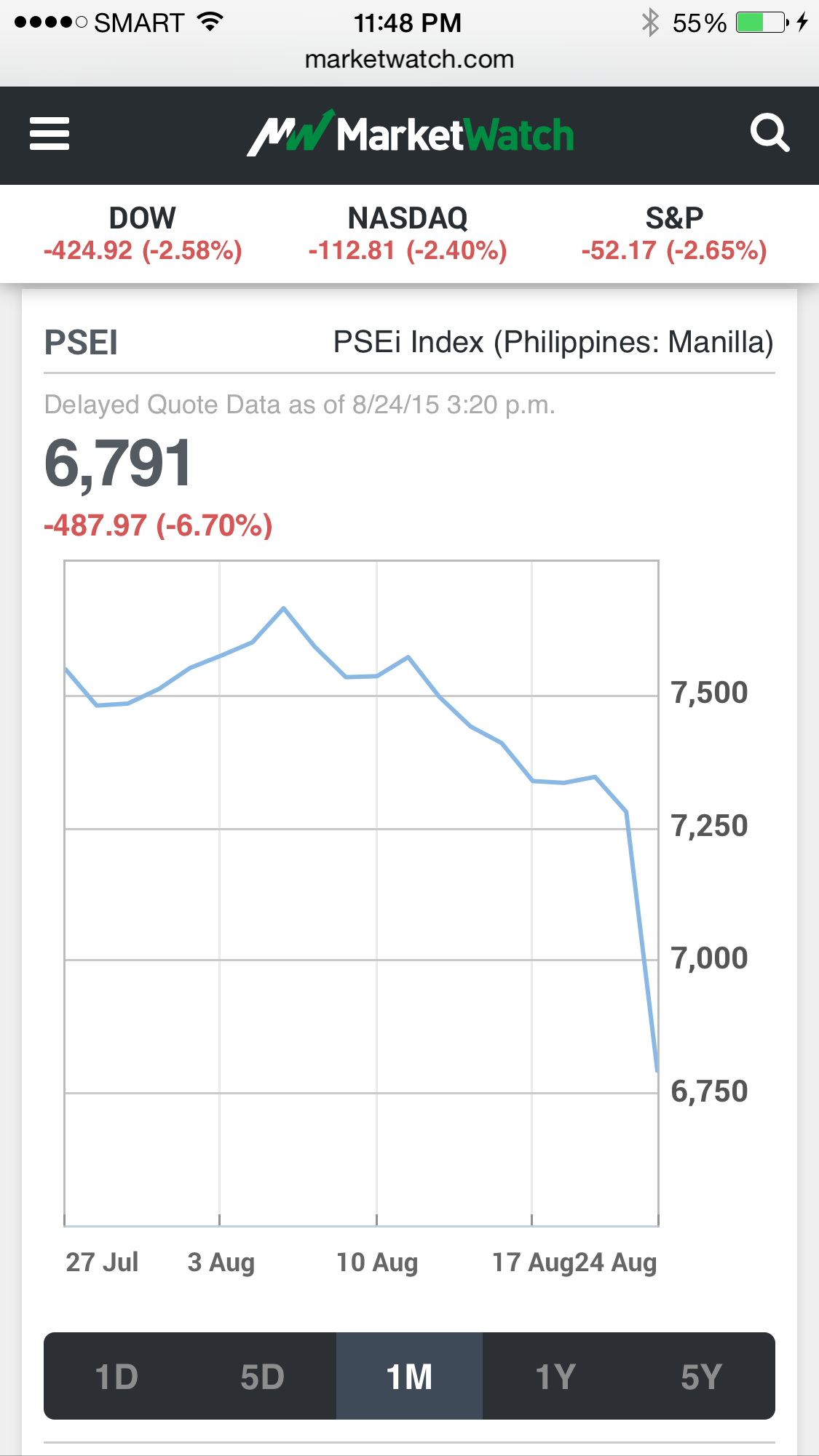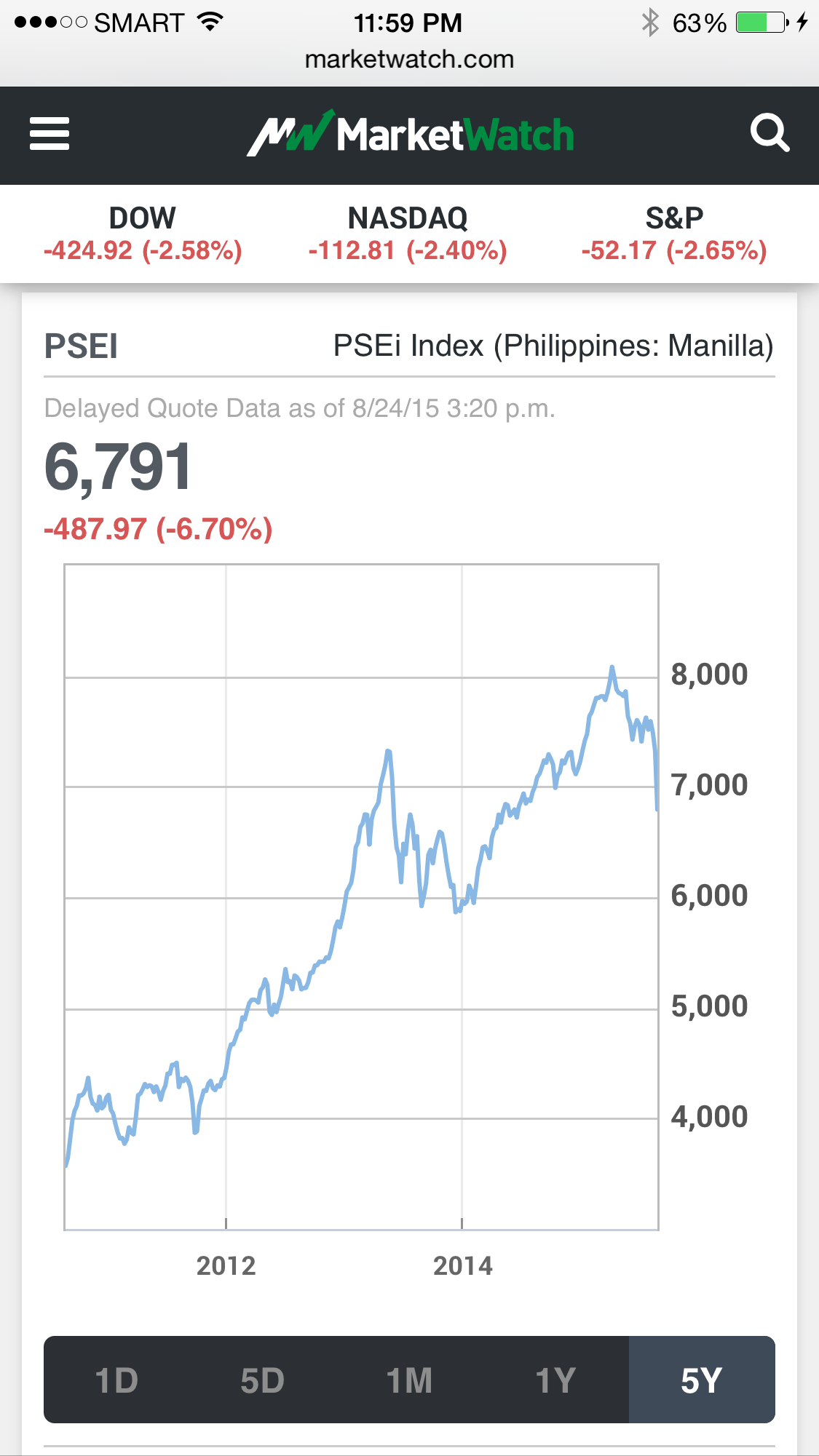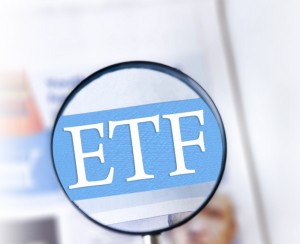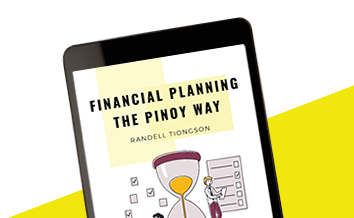When the stock market takes a dive, what should you do?
By Randell Tiongson on August 25th, 2015
The Philippine Stock Market took a heavy beating yesterday, August 24, 2015 due to external factors. The fundamentals of the Philippine market has not changed but the bearish sentiments since March has made many investors jittery, to say the least. Last Friday’s major decline in the U.S. markets had a domino effect in the whole world, coupled by issues in China.
The result? The Philippine Stock Exchange Index (PSEi) drops by 487.97 points or a retraction of 6.70% to 6,791.01 in just one day.
I recently started a MoneyTalks Viber group and quite a number of people have been active in that group because of the stock market decline. It’s nice to see that there are a lot of people who are learning much from the interactions with the experts and with each other. If you want to be part of this very active group, send your Viber number to my assistant, michael@randelltiongson.com
While I will never downplay what has happened yesterday, I wish to remind many that the stock market is the way it was because that is it’s nature. It is said that the stock market can be overly optimistic or severely pessimistic and the later was what has been prevailing lately and especially yesterday. The stock market cannot defy gravity – what goes up most ultimately come down… but what goes down will also go up eventually. Despite the fears, I still believe that the stock market is a great way to grow your money but you must understand that it pays to think long-term when it comes to this kind of investing. This hold true whether you are buying individual stocks or investing through equity pooled funds (Mutual fund, UITF, VUL).
If you look at the how the stock market has behaved in one month, it really will scare you.

However, if you view the stock market from a long-term perspective, you will see a different picture.

I have asked my stock market expert friends of their advise to investors with regard to what’s happening in the market recently. You will find their advices insightful, helpful although they can have conflicting opinions.
“Today wasn’t a mere correction, it was more like major psychological and technical breakdown by the market. We advise investors not to catch a falling knife and to allow the market to signal an intermediate bottom first. Looking at the peso-dollar rate vs. this 7% one-day historical drop by the PSEi, we are not convinced that this is a structural exit away from PHL assets. Most likely we just had to adjust to regional peers which have come down much against us but had more modest corrections today.” – Tony Herbosa, Chairman of Philstocks and founder of Traders Apprentice Pilipinas (TAP)
Investors should understand that markets do not go up on a straight line and market declines happen. But it is during these drops when better opportunities are presented. For as long as you do not lose sight of the big picture of why you invest, there is nothing to worry about and continue with your investing journey to be financial free. Investing during these times is not just for the brave– it is for everyone. – Marvin Fausto, President of IFE Management Advisers Inc. & former Chief Investment Officer of BDO Universal Bank
While the severe drop in global stocks show critical issues and concerns on valuation, it is the pervasive negative sentiment that makes things worse. Times like these represent opportunities to take positions in companies that present good value, more so given the lower prices. The important thing to consider is one’s investment horizon, and staying power is key amidst the volatility. – Rex Mendoza, President of Rampver Financials and former CEO of Philamlife
Everyone should treat this market situation as like a major earthquake happening. A strong earthquake will have repercussions that take time. Those who are inside should not insist on going out in panic. Those outside should not go in. There will be aftershocks. Those inside should treat their stocks for the long term. Let the dusts settle before making any decision. –Dr. Alvin Ang, PhD, economist of Ateneo de Manila
The drop is an effect of price movement due to what’s happening globally. If you look at it, the rest of Asia and most of the developed world is down. When you look at the fundamentals of our country I don’t think locally there’s anything compelling that should be a cause of alarm. However, given that we are trading and investing in stocks. There’s such a thing as expensive and a bear market. Our fundamentals are good but we are still expensive which would cause buyers to want to wait out until we become cheaper. Our fundamentals are good but we have been in a downtrend since April and will continue to do so until proven otherwise. My suggestion is for each investor to follow their buy/sell plan. It would be great though if they could wait to see until selling subsides and forms a support before they buy. It’s great to buy cheaper but not when everyone else is selling. – Marvin Germo, stock market investing advocate and best-selling author.
Always invest according to your investment objective, time frame and they must be consistent with your risk tolerance. The stock market is not for the faint of heart but we should also not be afraid of stock investing. Learn as much as you can about stock investing and always invest according to the 3 factors I mentioned and don’t forget to diversify and you should be fine.
A basic guide to ETF’s
By Randell Tiongson on July 15th, 2015
 I’ve said before that I pray that more Filipinos become moderate investors, even if most of them are conservative now. A good way to become a moderate investor is by educating yourself on the different investment instruments, and distributing your investments across them.
I’ve said before that I pray that more Filipinos become moderate investors, even if most of them are conservative now. A good way to become a moderate investor is by educating yourself on the different investment instruments, and distributing your investments across them.
One investment instrument that gets a lot of attention is “pooled funds”, in which you join a “pool” of other investors, and a fund manager handles the whole pool of money depending on the objectives of the fund. Mutual funds and UITFs fall under this category.
But there’s a relatively recent addition to this category: ETFs, or exchange traded funds. ETFs became available in the US in 1993, Europe in 1999, and the Philippines in 2013. While there are many types of ETFs available in more advanced markets, they haven’t made a big splash here yet. I’ve been getting a few questions about ETFs, so I’ve put together a basic guide here so you can learn more about them.
What are ETFs?
An exchange traded fund is an investment fund that’s traded like a stock. There are lots of kinds of ETFs; some of them track foreign stock market indices, specific sectors like energy or oil, or commodities.
But the most basic type of ETF simply tracks a benchmark index to match its performance. So if an equity index ETF is tracking the Philippine Stock Exchange index, its underlying securities would consist of stocks like Ayala Land, SM Investments Corporation, PLDT, BPI, and so on, much like an equity mutual fund or UITF.
In short, think of an ETF as a mutual fund that you can buy and sell on the stock market. And because ETFs are traded like common stocks, they don’t have a NAVpu or NAVps like UITFs or mutual funds; their share prices change throughout the day as the market trades.
Basically, you get the diversification of a mutual fund with the flexibility of stock trading combined in an ETF.
What are the pros and cons of ETFs?
Pros:
- Cheaper diversification. Buying into just one ETF gives you exposure to a whole group of equities, meaning you don’t have to buy each individual stock yourself. So for a small amount of money, you can have a diversified portfolio. Anybody who can buy the minimum board lot can therefore participate in the growth of the Philippine economy. And ETFs are transparent about their structure; you can just visit their site and see the underlying securities that make up the fund (and in what percentage).
- Can cost less than actively managed funds. Mutual funds charge management fees of around 2%. UITFs can have trust fees of 0.20% to 1.50% per year. With buying and selling stocks, your costs will be lower. This is because an ETF is passively managed, meaning you’re not paying a fund manager for his services; you’re just paying brokerage fees.
- Here’s an example to make things clearer. If you invest Php 50,000 in a UITF, you’d pay up to P750 (1.50%) in fees. (There may also be fees for early redemption.) Compare that to the total trading costs of buying Php 50,000 worth of an ETF on the PSE, which is P147, and P397.50 when selling. These small differences add up to a lot, so ETFs can be cheaper cost-wise in the long run.
Cons:
- Can’t beat the market. Because an ETF is designed to track an index, its aim is not to beat it, but just to match it. So if you were looking for investments to beat the PSE, you’d be better off with actively managed funds that seek to beat the index. You’re well diversified when you buy into an ETF, but remember: diversification limits your losses, but it also limits your gains.
- Can cost more than other pooled funds. If you like to invest small amounts regularly, like Php 10,000 each month, you’ll get charged for every transaction when you buy into an ETF. If small, regular investment is your strategy, you may be better off with a mutual fund or UITF that doesn’t charge you transaction fees each time, which can reduce your returns.
What options are available to the Filipino wanting to invest in ETFs?
Unfortunately, you don’t have a lot of choice in the Philippine market yet. So far, the only ETF here is the First Metro First Metro Philippine Equity Exchange-Traded Fund (First Metro ETF), an equity index ETF which started in December 2013. Other banks such as BPI and BDO have expressed an interest in launching their own ETFs, but they are still considering tax rules and regulations, as well as market appetites, before they do so.
Are ETFs for you?
The answer really depends on your investment goals and risk tolerance. If you can’t tolerate volatility with your money, equity-based ETFs may not be for you. But if you have an eye on the long-term and can take the risk, consider including ETFs in your investment plan. ETFs are still pretty new to the Philippines, so keep an eye out for more ETF options in the future.
I hope this guide has given you the basics about this new asset class that you can add to your portfolio. But before you jump in, remember this quotation from Warren Buffett: “Never test the depth of river with both feet.” Educate yourself on the risks, and you’ll make the best decisions with your investments.
Always remember to invest according to your investment objectives, time frame, risk tolerance and don’t forget to diversify properly.
Money Talks goes to Cebu!
By Randell Tiongson on March 25th, 2015
Here’s a great learning event for the Cebuanos as we bring Money Talks to Cebu this April 25, 2015.
Joining me in this life-changing event are my friends MARVIN GERMO, RFP and PAULO TIBIG.
Marvin Germo, RFP is known as “Mr. Stock Smarts” and he is one of the country’s most sought after speaker and trainer in the arena of stock market investing. Learn the foundations of proper stock market investing properly from Marvin. He is the author of 2 best-selling books on stock market investing, a columnist for Rappler and Business Mirror and a resident finance expert in 94.7 Mellow FM.
Paulo Tibig has earned the monicker “EntrepChamp” as he conducts hundreds of talks all over the nation on entrepreneurship. He is the CEO of one of the country’s largest logistics company, V Cargo and a former President of the Association of FIlipino Franchisers Inc. (AFFI). He has authored a best-selling book on entrepreneurship.
I will be discussing the fundamental steps to achieve wealth as well as the proper foundations towards investing.
To register, click HERE or send an email to info.jcpinc@gmail.com
For a learning fee of only P800,00, this is an event every Cebuano shouldn’t miss!






